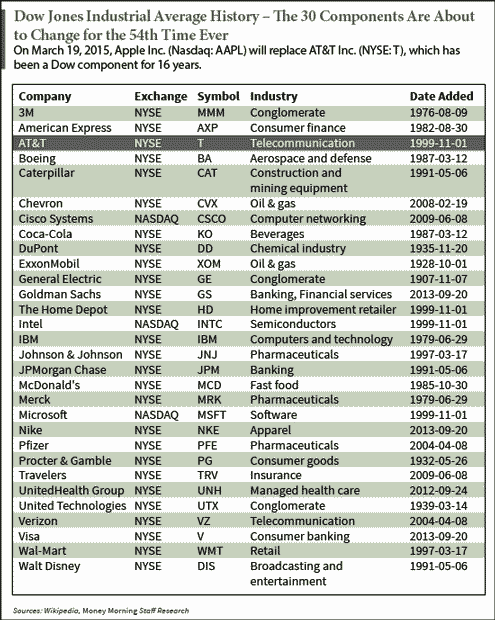These ETFs Could Make You Rich (DIA DWX GLD SDY SPY XLE XPH)
Post on: 17 Июль, 2015 No Comment

September 27, 2011 | Comments (0)
From their humble beginning almost 20 years ago, exchange-traded funds have become one of the most popular ways for investors to put their money to work. But with an estimated 1,350 ETFs available to choose from — and more new funds in the pipeline — figuring out which ETFs best meet your needs can challenge even the most experienced investors.
With that in mind, I decided to look at some of the most influential fund families in this lucrative industry and their lineups of ETFs. First up is the company that brought investors their first ETF. State Street Global Advisors .
These spiders aren’t creepy or crawly
Back in 1993, State Street Global Advisors introduced the first lasting exchange-traded fund in the United States. Modeled to track the S&P 500 index, the SPDR S&P 500 ( NYSE: SPY ). also known as Spiders, has become the largest and most actively traded ETF on U.S. exchanges.
State Street used its groundbreaking S&P 500 fund as a launching point for a host of other popular indexes. With the SPDR Dow Jones Industrials ETF ( NYSE: DIA ). colloquially known as Diamonds, the ETF provider gave investors an easy way to track the Dow Jones Industrial Average. Similar indexes for mid-cap and small-cap stocks allowed early ETF investors to put together a diversified portfolio of stocks.
Following the trends
But as the ETF world evolved, it became clear that sticking to broad-market trackers wouldn’t keep SPDRs at the forefront of the ETF world. So the ETF provider again used its relationship with Standard & Poor’s to develop Sector SPDRs, giving tailored exposure to each of the broad industry sectors that S&P tracks. The resulting funds included Energy Select SPDR ( NYSE: XLE ). and later, SPDRs drilled down even more to capture more specialized segments of the market through ETFs such as SPDR S&P Pharmaceuticals ( NYSE: XPH ) .
The SPDR family also scored a coup when it came up with another highly popular innovation: SPDR Gold ( NYSE: GLD ). This ETF gave ordinary brokerage account customers the chance to get exposure to the rapidly rising price of gold bullion without the hassles and expense of taking delivery of physical gold. For a brief time this summer, SPDR’s gold ETF actually overtook the SPDR S&P 500 as the largest ETF by net asset value, although the yellow metal’s recent swoon has pushed the gold ETF back down.
Dealing with challenges
Still, not everything has gone perfectly for SPDRs. Competition from a host of rivals, including iShares, Vanguard, and ProShares, among many others, has put SPDRs in a surprisingly defensive position. Unlike its major competitors, SPDRs are the odd ETFs out when it comes to partnering up with brokers to provide commission-free ETFs. Perhaps as a result, SPDRs still trail iShares ETFs by a wide margin in terms of assets under management.
But even competition hasn’t kept the company from coming out with popular products. To meet the needs of dividend investors, for example, the SPDR S&P Dividend ( NYSE: SDY ) ETF provides a reasonable solution, although its daily volume has recently lagged that of its Vanguard and iShares competitors. On the global front, the SPDR S&P International Dividend ( NYSE: DWX ) ETF gives you even broader coverage of the segment.
Smart choices
SPDR should focus on making its cost structure as competitive as possible. Cost is the name of the game for ETFs, and although its S&P 500 ETF has an adequately low expense ratio below 0.10%, not all of its ETFs carry such bargain prices. For instance, the gold ETF’s 0.40% expense ratio is well above that of its iShares competitor.
But with a strong reputation and more than 100 ETFs to choose from, SPDRs will continue to offer excellent choices for ETF investors. By using broad-market SPDRs to create a core portfolio and then using more specialized ETFs to add spice and individuality, you’ll have the best opportunity to profit using SPDRs.
Don’t miss The Motley Fool’s free special report on ETFs. You’ll learn plenty about the ins and outs of exchange-traded funds and get the names of three particularly promising ETFs for your portfolio.
Fool contributor Dan Caplinger was never afraid of spiders. He doesn’t own shares of the companies mentioned in this article. Try any of our Foolish newsletter services free for 30 days. We Fools may not all hold the same opinions, but we all believe that considering a diverse range of insights makes us better investors. The Fool’s disclosure policy is gearing up for Halloween — should it wear a spider costume?














